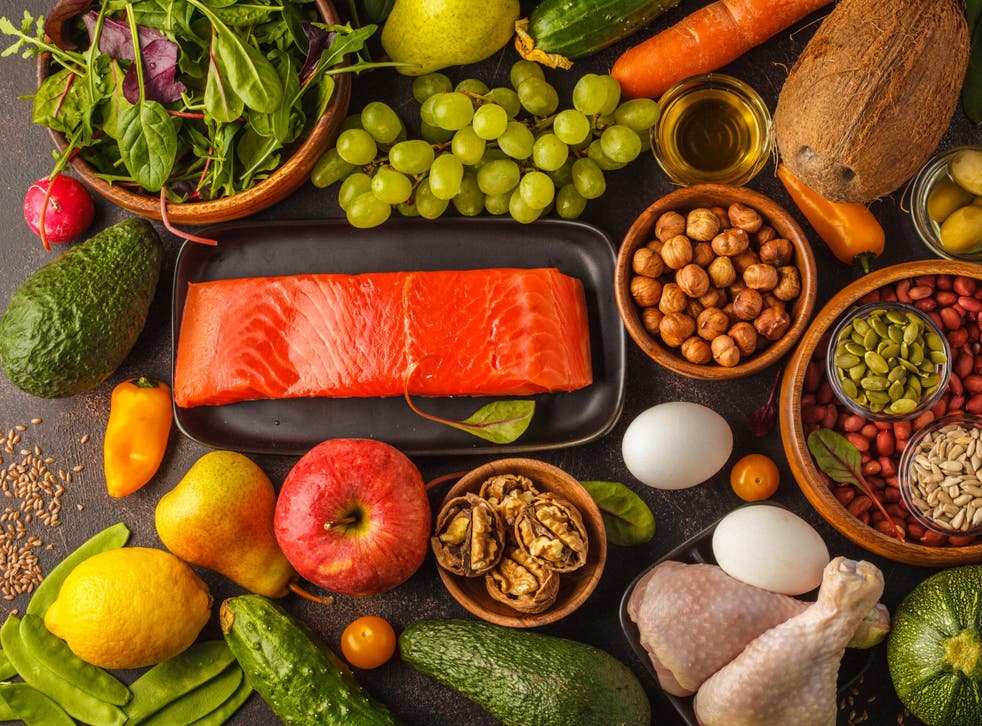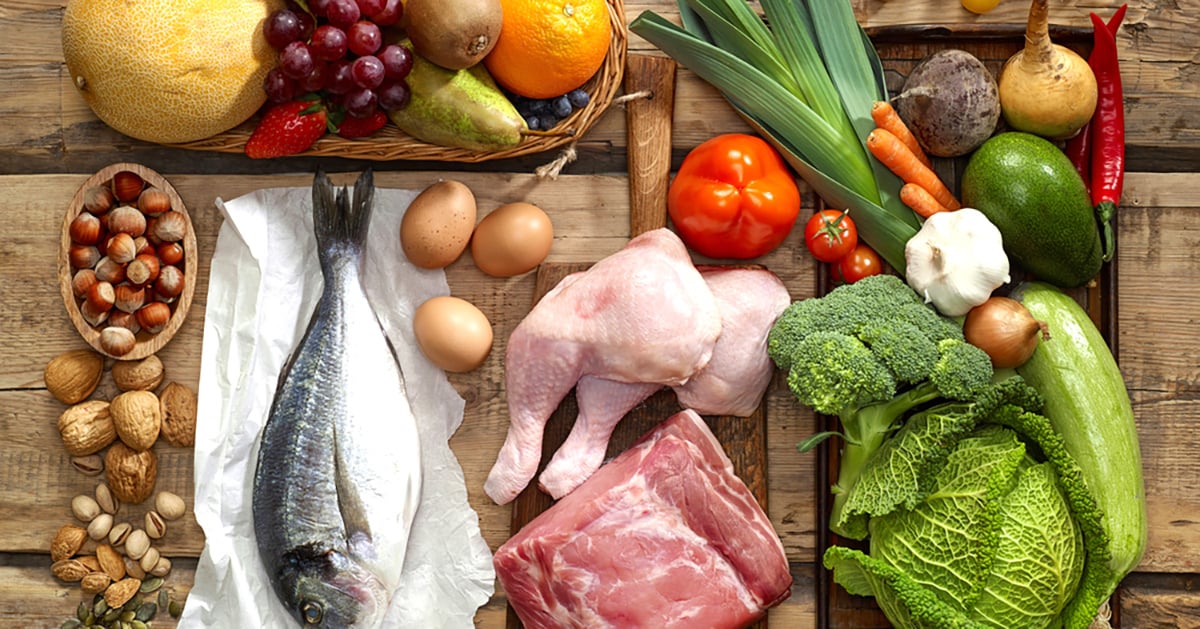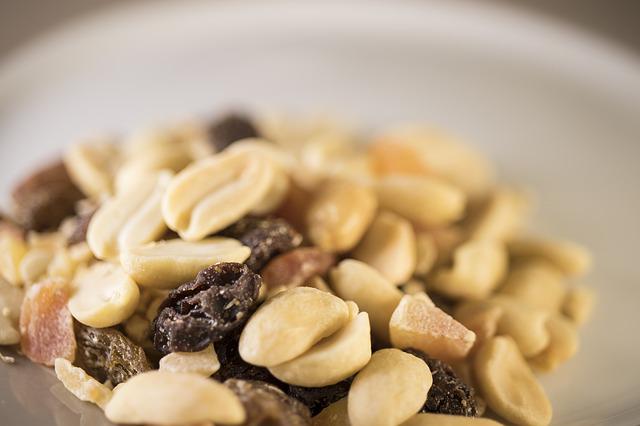
Paleo diet is not believed to prevent heart disease. While the benefits of the diet are generally accepted, some studies show a link to a higher likelihood of developing heart disease. Researchers have analyzed the effect of the diet on arterial distensibility, plasma insulin during an oral glucose tolerance test, total cholesterol, LDL, triglycerides, and circulatory metabolism.
Increased risk of getting heart disease
New research shows that Paleo eating significantly raises the levels of a blood marker linked to cardiovascular disease. Trimethylamine noxide (TMAO), a naturally occurring organic compound, is produced in the stomach. A study of 44 Paleo-eaters and 47 Australians found that Paleo-eaters had higher levels TMAO. An increase in TMAO levels is associated with a greater risk of heart disease.
Researchers from four different Australian institutions found that participants on the Paleo diet had elevated levels of a compound linked to heart disease. Trimethylamine N-oxide is produced in the gut by bacteria and is related to the development of heart disease. Eating a Paleo diet is also known to lower levels of beneficial bacteria, but further studies will be necessary to determine the exact role that this reduced carbohydrate intake has on heart health.
Inflammation is at higher risk
A Paleo diet is linked to heart disease. Paleo dieters have higher levels Interlukin-10, which is a signaling chemical released by the immune cells. Researchers believe that low levels of interlukin-10 could indicate a higher chance of developing heart disease. Research is still needed to verify the relationship between interlukin-10 and inflammation.

Paleo means that you avoid grains, legumes, vegetable oils, and other processed foods. This diet is heart-healthy, but high in fat. It is high in saturated and trans fats and can be expensive. Due to its high intake of meat and dairy products, Paleo is not affordable for everyone. Paleo may not be affordable for those on lower incomes due to the high cost of these meats.
Risquer disease in the kidneys: Increased risk
Although the Paleo diet is very popular with health-conscious people, there are still some issues. The Paleo diet is high-cholesterol and emphasizes meat. Paleo prohibits the consumption refined sugars. They are high in empty calories. Research has also linked these sugars to obesity, heart disease, and diabetes. The Paleo diet forbids legumes, and encourages meat consumption.
The Paleo diet not only increases fiber intake but also lowers waistline. High levels of fiber help lower cholesterol. Avoid eating eggs yolks. They are a common source for phosphorus in food. Egg whites are the better choice for renal health, as they provide high-quality protein. Drinking lots of water can also reduce the amount of protein in your urine. However, kidney disease can still be a problem.
Higher risk of developing heart disease in women
The Paleo diet has become popular for many reasons. It is based on both the Mediterranean and Nordic diets and has many heart-healthy advantages. Due to its high animal fat allowance, it contains high amounts of saturated and transfats. A high intake of beef is associated with a higher risk of developing heart disease. Paleo is not right for everyone and can be costly for those with low income.
Studies have shown that saturated fat, as well as cholesterol, are not associated with an increased risk of heart disease in women on a Paleo diet. Although the Paleo diet eliminates some junk food, it does not reduce saturated fat. Recent research on the nutritional links between heart disease and saturated fat found that there was not enough evidence to link saturated oil to heart disease. Paleo is a diet that includes fewer foods than the normal diet, but it still contains plenty of vegetables.
Gut bacteria effects

A new study shows that Paleo diets are associated with lower rates of obesity and risk of developing heart disease. The researchers compared the TMAO levels for people who ate a Paleo diet to those who did not. The results showed that consuming a high-protein diet supported the growth of good bacteria and reduced the number of pathogenic microbes. However, a high-protein diet is linked to increased risk of micronutrient deficiencies, decreased gut health and the development of chronic diseases.
The research also showed a strong link between TMAO levels, diet, and a person’s dietary habits. The findings indicated that a higher intake of animal-based protein, such as meat and fish, increased the production of TMAO in the blood. The participants' blood levels were almost twice the level of TMAO as the controls in the study. The researchers also found that vegans had lower TMAO values than paleo-dieters. Further, the researchers found that TMAO levels were significantly reduced when the participants took carnitine supplements.
FAQ
Which career path is best for someone who wants a career as a chef or chef? How do I begin my career as chef?
Apprenticeships are a great way to get started if you want to become a chef. Apprenticeships are a way to earn a living while you learn. You can apply to become a sous-chef after you have completed your apprenticeship. Sous chefs assist cooks with tasks such as making salads, and desserts. They also oversee the restaurant's operations.
How do I learn how to cook like an expert?
Cooking can help you become a better person. You can increase your self-confidence by learning how to cook healthy foods for yourself and others. Begin cooking at your own home if you are looking to improve your culinary skills. The first step is to find out what kind of recipes you like. Next, you should read books on different cuisines, like Mexican, Chinese, and Italian. Finally, learn how to make different dishes until you are comfortable with them.
What does it take to become a chef in the United States? What is the average career path in this field?
A chef's career takes about five years. In this period, you will learn basic cooking skills and experience as a kitchen assistant. After you've completed your training you can apply to be a line cook or sous chef. The annual average salary of a chef is $25,000-$60,000.
Statistics
- You'll be amazed that over 90% of CIA students receive scholarships and grants to finish their culinary studies. (ischoolconnect.com)
- On average, chefs earn $58,740 a year, according to the BLS. - learnhowtobecome.org
- under 10 Kids have been taught that there is special food just for them, and Fiese says that 10 percent of kids will throw a tantrum if they don't get the food they want. (washingtonpost.com)
External Links
How To
How to make a perfect eggroll
Omelets are a favorite breakfast food of mine. But how do they turn out so perfectly? I have tried many different recipes and methods, but none of them work. I have some tips and tricks to help you make delicious, fluffy omelets every single morning.
Before we start making omelets, let's remember that eggs are temperamental. They must be fresh, preferably from the organic market, and be kept cold until cooking. If they are not kept cold enough, the whites won’t form properly. The yolks will also break down too quickly and become runny. Your omelets will look strangely colored if this happens. If you intend to cook your eggs immediately, it's best to use room-temperature egg.
You can also separate the egg before you add it to the pan. The yolk and white should not be mixed together as this can cause the omelet's curdle.
The egg can burn if it is placed directly on the stovetop. Instead, place the egg in the microwave for 10 second before you put it in the skillet. The microwave heat cooks the eggs just right without overcooking them.
Let's now talk about mixing eggs. You want to mix the eggs thoroughly before you add them. To do this, take the bowl from the mixer and flip it upside-down. Next, shake the bowl vigorously. This allows the air to be whipped and the egg to be mixed thoroughly.
Now comes the fun part: adding the milk to your mixture. Mix half of the milk with the eggs. Then fold the eggs in half into the remaining milk. Do not be alarmed if there are still egg streaks visible. Once the omelet flips, these streaks will disappear.
After folding the eggs, place the pan on medium heat and wait for the oil to start sizzling. Once the oil starts getting hot, add 1/4 cup of butter to the pan and swirl it around to coat the entire surface of the pan. Next, carefully open the lid and sprinkle salt into your pan. An additional pinch of salt will prevent the omelet form sticking to your pan.
Once the omelet forms, cover the pan again. Let the top side set completely. Flip the omelet by using a spatula. Cook the other side for about a minute. Serve immediately after removing the omelet from its pan.
This recipe is best when used with whole milk. But, you can use skimmed milk as well.